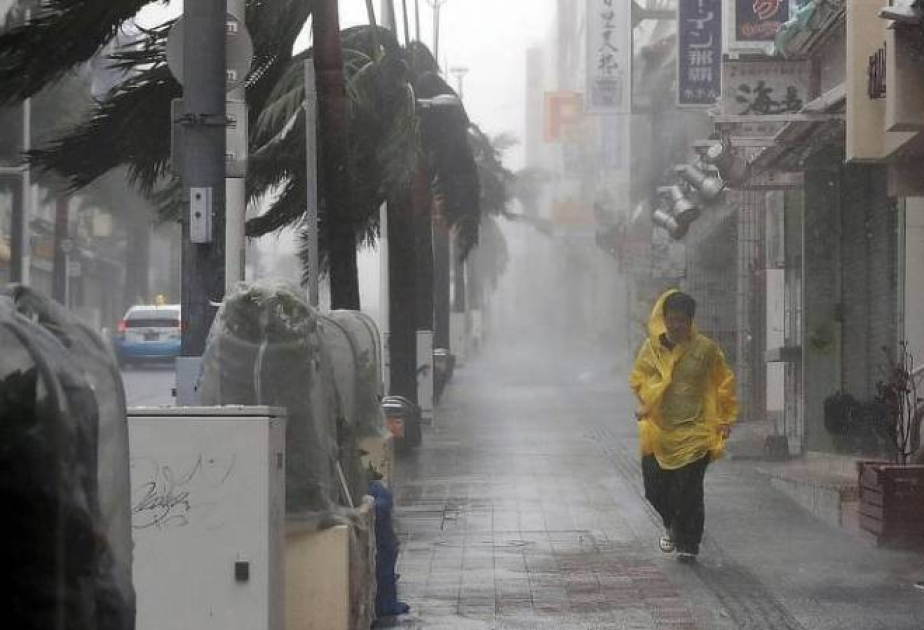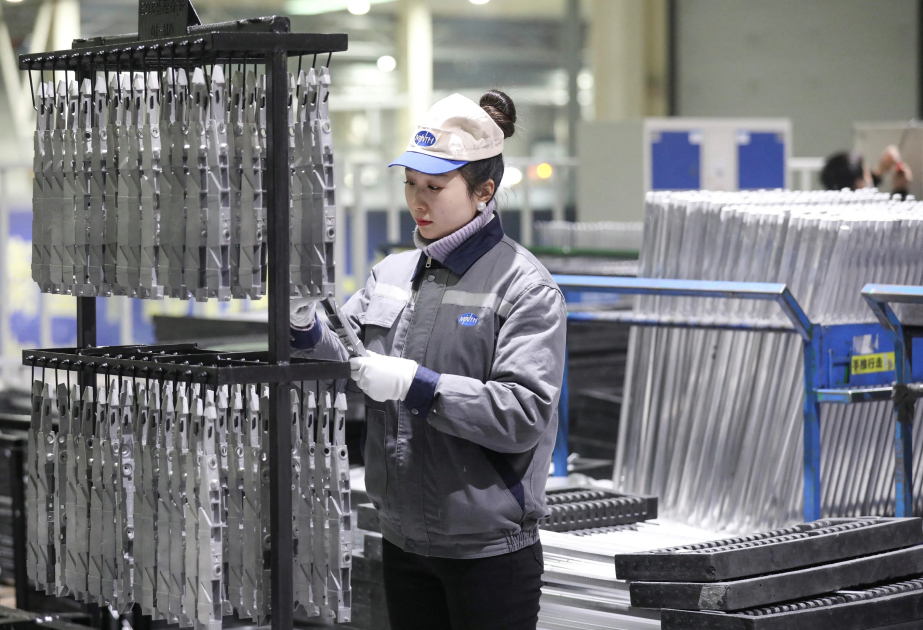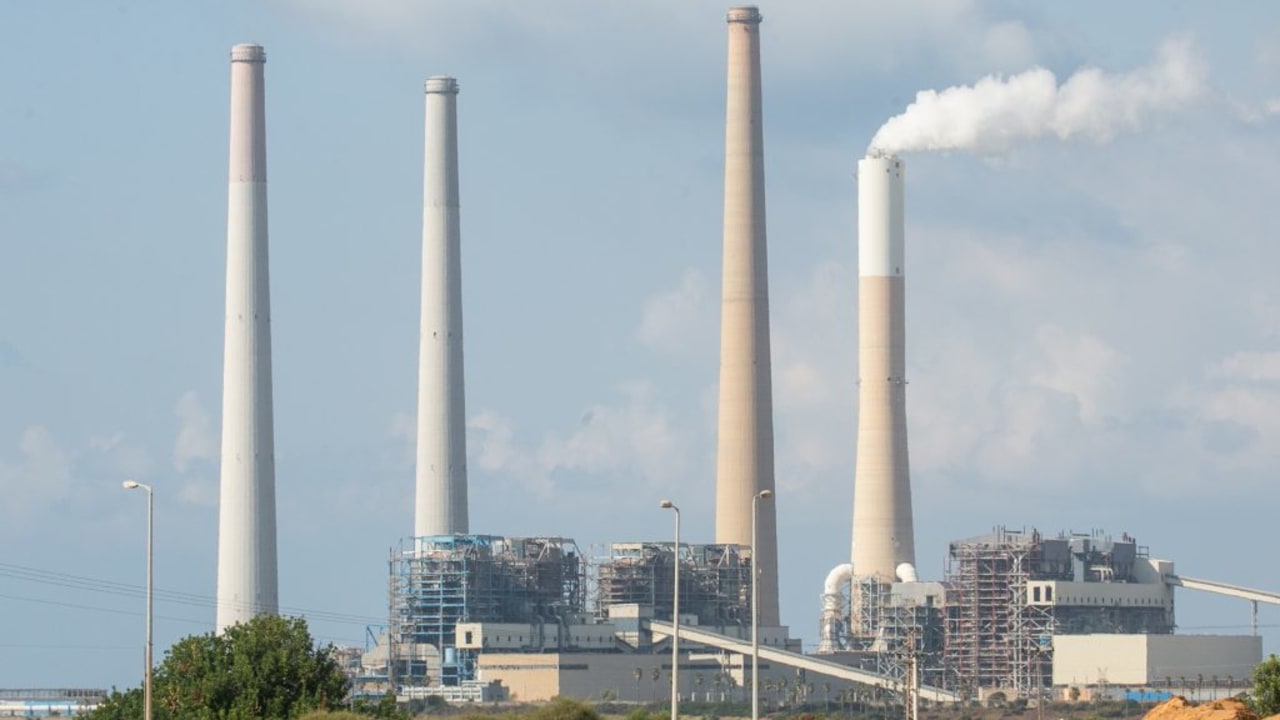A powerful typhoon continued its advance toward Tokyo and other eastern areas of Japan on Friday, with the weather agency urging people to prepare for strong winds and heavy rainfall, and transport operators canceling many train services and flights, according to Kyodo News.
The Japan Meteorological Agency warned of violent winds, mudslides, high waves and flooding, as heavy rain will sharply increase the risk of disaster.
At noon Friday, near the end of Japan's Bon summer holiday period, Typhoon Ampil was located some 120 kilometers northeast of Hachijo Island which sits south of the Japanese capital. The typhoon is moving northward at 15 km per hour, according to the weather agency.
It has an atmospheric pressure of 950 hectopascals at its center and is packing winds of up to 216 kph.
JR Central suspended all Tokaido Shinkansen bullet train services between Tokyo and Nagoya, central Japan, for the entire day, with the shutters closed at JR Tokyo Station ticket gates.
"I reserved a seat on the bullet train but will have to go on the night bus instead. I'm exhausted," said a 20-year-old university student from Osaka who was visiting Tokyo with his friend.
Beyond Nagoya, the rail operator limited the number of trains to and from Shin-Osaka in western Japan.
JR East, which operates shinkansen in eastern, northeastern and central areas, canceled some bullet trains on parts of the Tohoku, Joetsu, and Yamagata lines Friday afternoon.
Japan Airlines and All Nippon Airways said they canceled approximately 650 international and domestic flights to and from Tokyo's Haneda airport and Narita airport, east of the capital, affecting about 120,000 passengers.
In Chiba Prefecture near Tokyo, some commercial complexes were closed, including the Sogo department store.
Tokyo Disneyland and Tokyo DisneySea in the prefecture will be closed at 3 p.m., six hours earlier than scheduled, according to operator Oriental Land Co.
In the 24 hours from 6 a.m. Friday, the typhoon is forecast to bring up to 300 millimeters of rain to the Kanto-Koshin region, which includes Tokyo, 200 mm in the Tohoku region and 120 mm in the Tokai region.




.webp)











